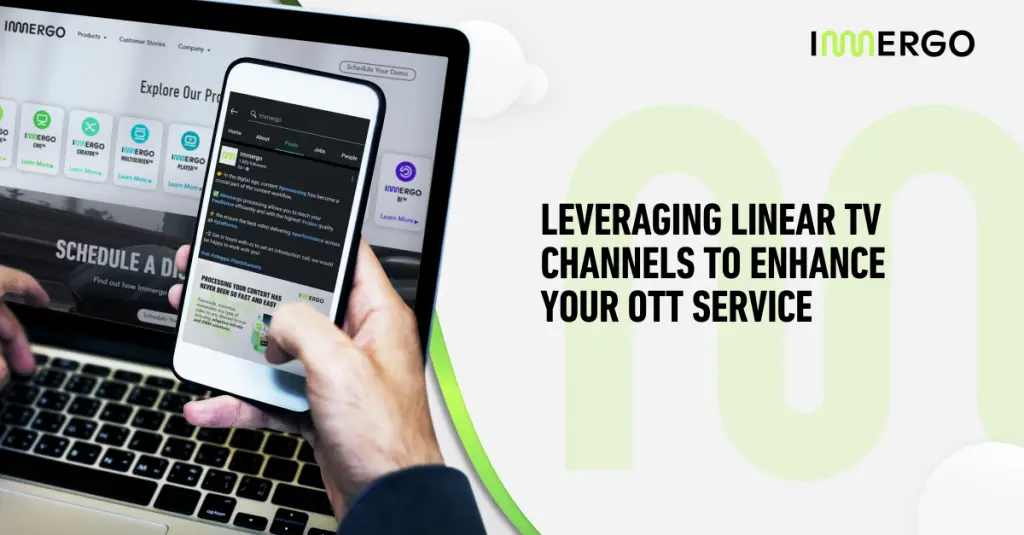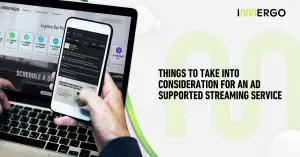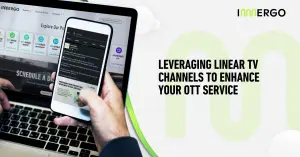OTT services have disrupted traditional cable and satellite TV models, offering consumers on-demand access to a vast array of content. Streaming services like Netflix, Hulu, and Amazon Prime Video have become immensely popular, driving content providers to innovate further.
Linear TV Channels in OTT: A New Frontier
While OTT services traditionally focus on on-demand content, the integration of linear TV channels brings a sense of familiarity and structure. By following a predefined schedule, linear channels offer a curated viewing experience similar to traditional broadcast television. This approach presents opportunities for content providers to create themed channels, enhance viewer engagement, and explore new advertising avenues.
Benefits of Incorporating Linear TV Channels
- Scheduled Programming: Linear channels offer a structured viewing experience, appealing to users who appreciate a sense of anticipation.
- Content Discovery: Linear channels can introduce users to new shows and movies they might not have discovered in an on-demand setting.
- Enhanced Viewer Engagement: Appointment viewing fosters a sense of community and engagement, creating shared experiences around popular shows or events.
- Advertising Opportunities: Linear channels open up avenues for advertising, diversifying revenue streams.
- Themed Channels: Catering to specific genres, interests, or demographics, themed channels provide niche viewing experiences.
Challenges and Considerations
- Content Licensing: Acquiring and licensing content for linear channels may pose challenges, as it requires negotiation with content owners and adherence to licensing agreements.
- Technical Infrastructure: Implementing a seamless linear channel experience necessitates a robust technical infrastructure.
- Personalization Challenges: Balancing curated programming with individual viewer preferences can be challenging.
- Viewer Retention: Striking a balance between linear and on-demand content is crucial to retaining a diverse audience.
Implementing Linear Channels Effectively
- User Interface Design: A user-friendly interface with intuitive navigation, an EPG, and clear scheduling information is essential.
- Data Analytics: Leveraging data analytics helps understand viewer preferences, track engagement patterns, and optimize linear channel schedules.
- Hybrid Models: Offering a combination of linear channels and on-demand content provides flexibility for viewers.
- Monetization Strategies: Implementing effective monetization strategies, such as a combination of subscription fees and advertising, is crucial for financial success.
Conclusion
The integration of linear TV channels into OTT services represents a strategic evolution in the digital entertainment landscape. By addressing challenges and leveraging the benefits, content providers can offer viewers a unique and engaging experience, bridging the gap between traditional television and the on-demand streaming era.






